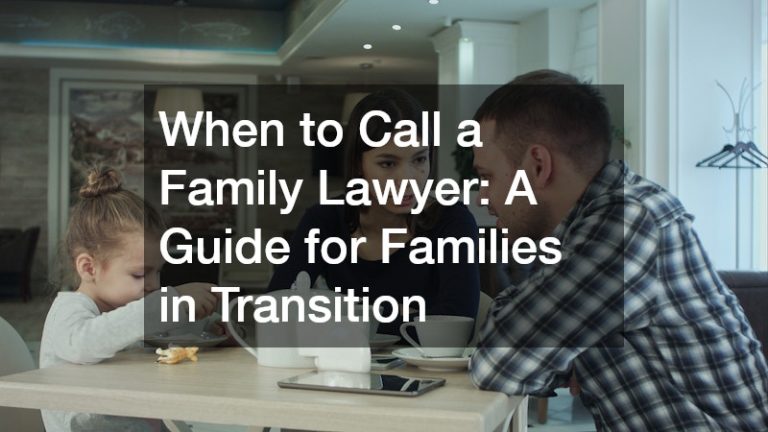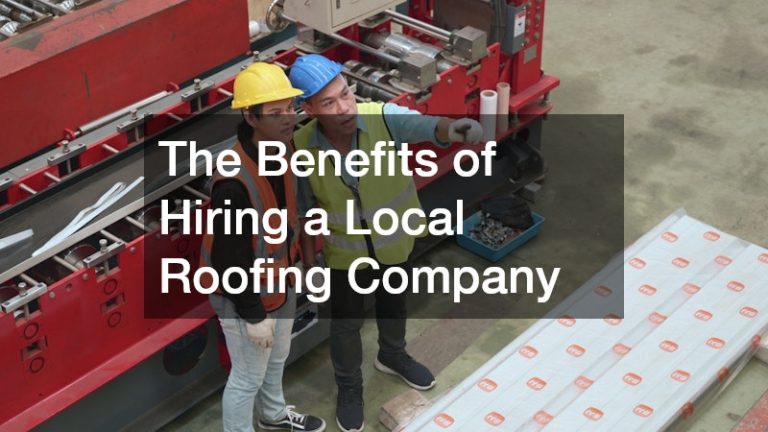Why a business needs a website has never been more emphasized since the COVID-19 pandemic started. While retails sales plummeted in April, online shopping skyrocketed. According to The Office of National Statistics (ONS), “Online shopping as a proportion of all retail reached a record high of 30.7.” Hence, increasing online presence is crucial in these trying times.
On the other hand, freelancers benefit from having a website, too, as it increases credibility. Clients who are looking for talents scout the internet, and it’s an advantage to have an online portfolio since it can easily be accessed.
Given these circumstances, no matter what industry you’re in–whether you are a power sports dealer or a digital illustrator–a website comes in handy.
Why a Business Needs a Website
Eighty-eight percent of consumers research the product before buying it online. Additionally, 63 percent of shopping experiences start online. One Google search and the consumer could be immersed in a whole new world of things to buy.
Investing in a website gives your business the following advantages:
- A sense of being official.
- A one-stop-shop for all the information about your brand, services, products, contact details, and updates.
- More leads and a higher conversion rate
- Easy access to customer service
Think of your website as a digital catalog. It contains easy navigation to the business by presenting everything that you have to offer.
What Consumers Want From A Website
1. Navigation and search bar
A straightforward navigation bar is vital for consumers who would like to explore the brand and get more information. This should be well-structured, having the critical categories as the primary options while the subtopics become drop-down menus.
For consumers who know what they want right off the bat, the search bar becomes their instant friend. Research suggests that 50 percent of visitors use the search bar right when the page loads, making search bars a standard.
 2. A good copy
2. A good copy
An excellent copy answers the fundamental questions about the company. What does it offer? What are the products? Why should people support it?
Therefore, the copy should be direct to the point instead of being bombastic. For example, saying, “This is a sustainable brand,” elicits the follow-up question of ‘why.’ Instead, the copy should say what makes it a sustainable brand: “This is made from recycled clothes and handcrafted by the founders of the company.”
The words on the website should not be mere fillers. They are placed there to inform consumers of your brand.
3. Adaptive layout
Consumers don’t always use their computers to check out brands. Survey shows that 50 percent and 60 percent of online shoppers use their smartphones and tablets, respectively.
Therefore, an adaptive layout provides the best experience for consumers because it’s easy to navigate mobile-friendly websites. When this happens, consumers would want to stay longer on your website and browsing your pages. This also makes links easier to share, and consumers can find what they’re looking for without any hassle.
Survival means adapting to the sign of the times. Gone are the catalogs because websites are here to become more efficient while reaching more audiences at a lesser price.











